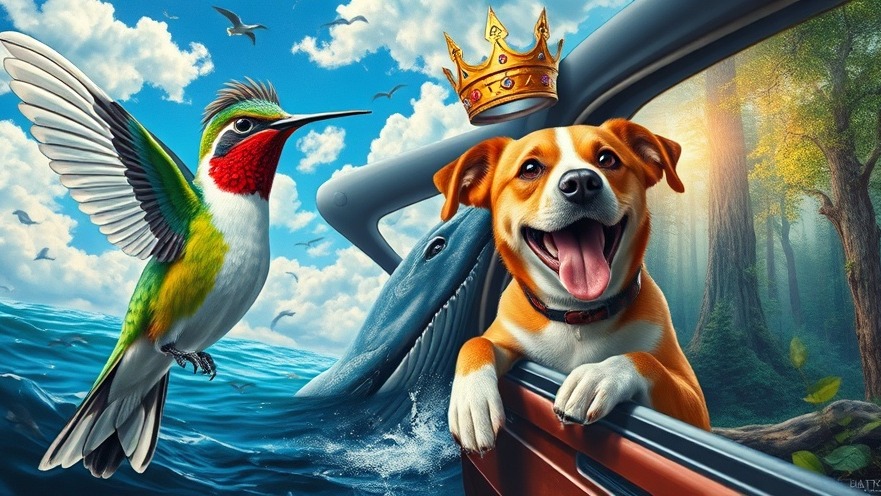
Unlocking Creativity with Generative Media Models
The digital landscape is evolving rapidly, with a striking focus on enhancing creative expression through advanced technology. Recently, Google's DeepMind announced several significant advancements in generative media models—tools designed to empower artists, musicians, and filmmakers alike. With innovations such as Veo 3 and Flow, the boundaries of what's possible in creative media are being pushed further than ever before.
Veo 3: Where Video Meets Audio
One of the standout innovations, Veo 3, sets a new standard for video generation by introducing audio capabilities. This tool not only generates high-quality videos but also synchronizes sounds that can bring a scene to life. Imagine crafting a narrative, typing it into the system, and receiving back a clip that features natural dialogue and appropriate background noise. For content creators aiming to capture viewers' attention, this feature offers groundbreaking potential and showcases how AI and human collaboration can redefine storytelling.
Flow: A Tool for Visionaries
Flow, another of DeepMind’s remarkable tools, is designed specifically for filmmakers. It allows users to create cinematic clips with unprecedented control over characters, scenes, and styles simply by using natural language. Filmmakers can manage the intricate details of their stories, from casting options to location settings, thus streamlining the creative process. This tool represents a significant step towards enhancing the artistic workflow with AI applications. The implications are clear: creators can focus on their visions while leveraging AI to handle the technical aspects.
Collaborating with Creatives: A Responsible Approach
DeepMind's partnership with various creative industries is a noteworthy point. By working closely with filmmakers, musicians, and artists, the development of these tools is shaped not just by technological capabilities, but also with a regard for ethical considerations and the real artistic needs of users. This collaborative approach ensures that innovations do not outpace the human experience but instead enrich it. Understanding the delicate balance between technology and artistry can significantly steer future AI developments toward more responsible outcomes.
The Broader Impact of AI on Creativity
As AI continues to influence various sectors, its role in the creative industries will likely expand. These advancements pave the way for new ideas and forms of media, reflecting an ongoing transformation in how we engage with art and storytelling. In terms of societal implications, AI-driven technologies can democratize access to creative tools, allowing diverse voices to be amplified. This shift could usher in a new era of content creation, where anyone with an idea can utilize powerful AI tools to express themselves, regardless of their technical background.
Looking Ahead: Future Trends in Creativity
What lies ahead in this merging of AI and creative expression? As we move towards a future where generative models become standard tools, the challenge will be on understanding ethical implications, ensuring inclusivity, and fostering innovations that enhance human creativity rather than replace it. The next wave of AI breakthroughs will depend on how we leverage these tools responsibly, steering them toward meaningful, inclusive outcomes.
 Add Row
Add Row  Add
Add 




 Add Row
Add Row  Add
Add 



Write A Comment